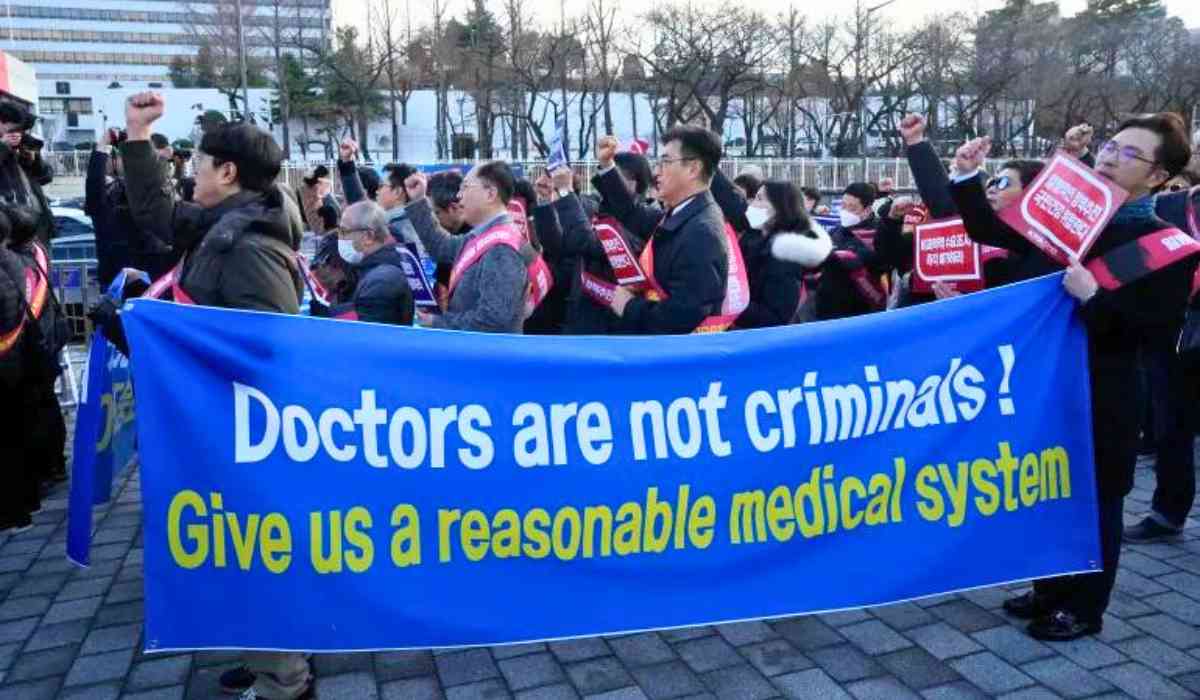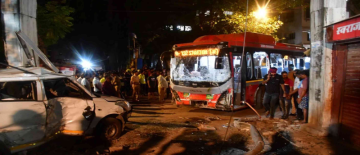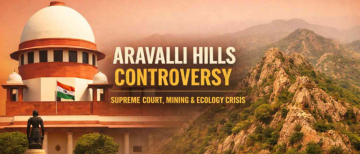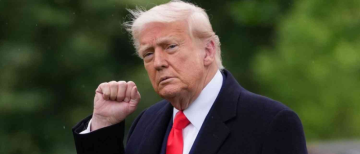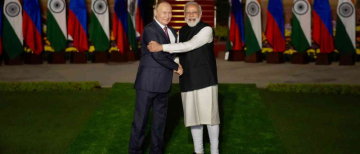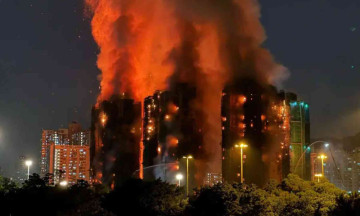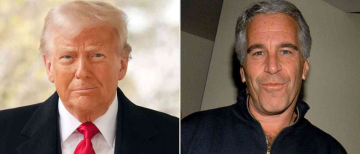In a startling turn of events, thousands of aspiring doctors are protesting the government's plan to increase medical school admissions, which is causing a healthcare crisis in South Korea. The administration has issued a severe ultimatum to the striking doctors because the situation has gotten worse since the start of last week.
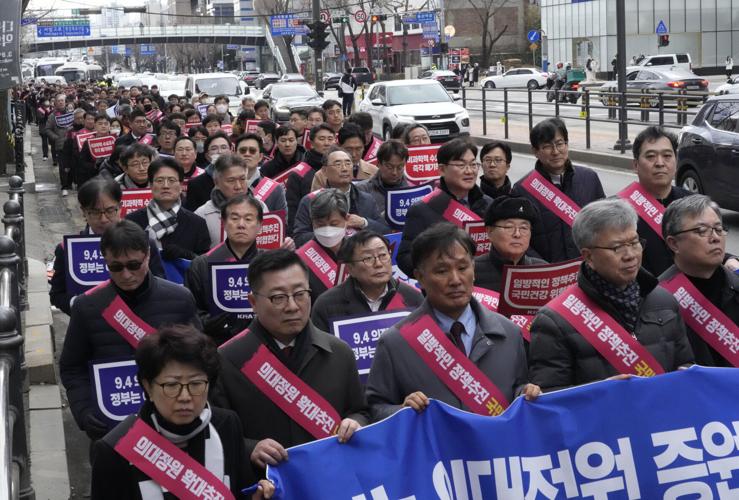
South Korea Sets Deadline for Striking Doctors
The South Korean government, which is determined to address the ageing of the population, has given young physicians on strike four days to return to work. Although there is no immediate punishment for those who cooperate, the government warns of potential legal consequences for those who continue their strike, including indictments and suspension of medical licences.
Hospital operations have been severely impeded by the walkout, which is being attended by about 9,000 medical interns and residents. The magnitude of the impasse between the medical community and the administration is demonstrated by the cancelled surgeries and treatments.
#의사 #집단행동 #중앙재난안전대책본부
🔹일시 : 2024. 2. 26. (월) 11:00
🔹장소 : 정부세종청사 보건복지부 브리핑실
🔹발표 : 박민수 중앙재난안전대책본부 제1총괄조정관(보건복지부 제2차관) https://t.co/xZe6lQttHd— KTV 국민방송 (@Mylife_KTV) February 26, 2024
Government's Plan and Doctors' Opposition
The government plans to increase medical school admissions by almost 65% to address the nation's ageing population. Striking physicians question this, citing difficulties in handling new students. Vice Health Minister Park Min-soo promised no disciplinary action for striking doctors returning by February, but those missing the deadline risk suspensions for at least three months and legal repercussions.
Differing Perspectives and Public Opinion
The strike has exposed divisions within the medical community. The Korea Medical Association, representing about 140,000 doctors, has expressed support for the striking doctors, but senior doctors, holding rallies, oppose the government's plan. A public survey indicates around 80% of South Koreans back the government initiative, reflecting a split in public opinion.
Trainee doctors demand better conditions. Simultaneously, almost 8,000 trainee doctors have joined the protest, demanding improved working conditions and pay before any increase in medical school admissions. They argue that the focus should be on addressing the systemic issues of underpayment and overwork, rather than simply increasing the number of physicians.
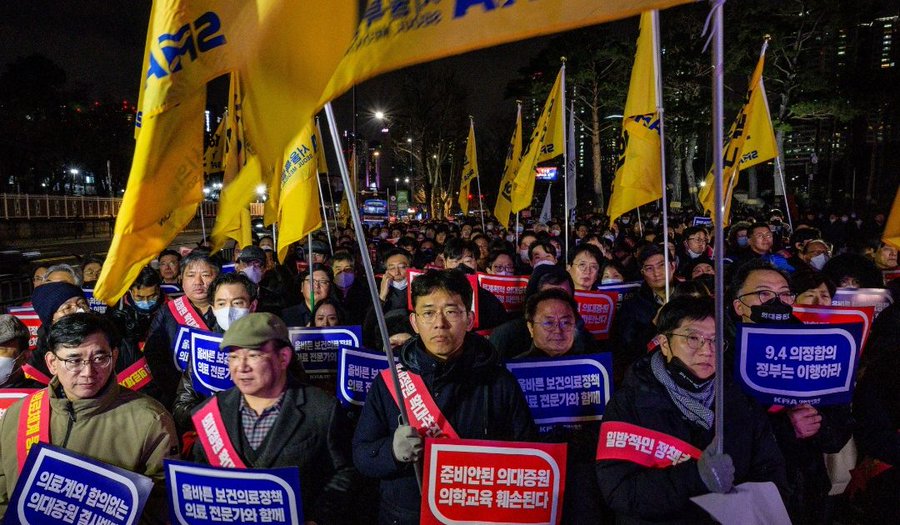
The human toll of the strike
Beyond the political and professional aspects, the strike has a human toll. Some trainee doctors have resigned, echoing the sentiments of overworked, underpaid, and unheard young doctors. Hospitals are feeling the strain, with emergency rooms on "red alert" and surgeries facing cancellations.
As the government issues back-to-work orders, the standoff intensifies, with potential disruptions to medical services for an extended period. The clash reflects not only the struggles of young doctors but also the broader challenges in South Korea's healthcare system.
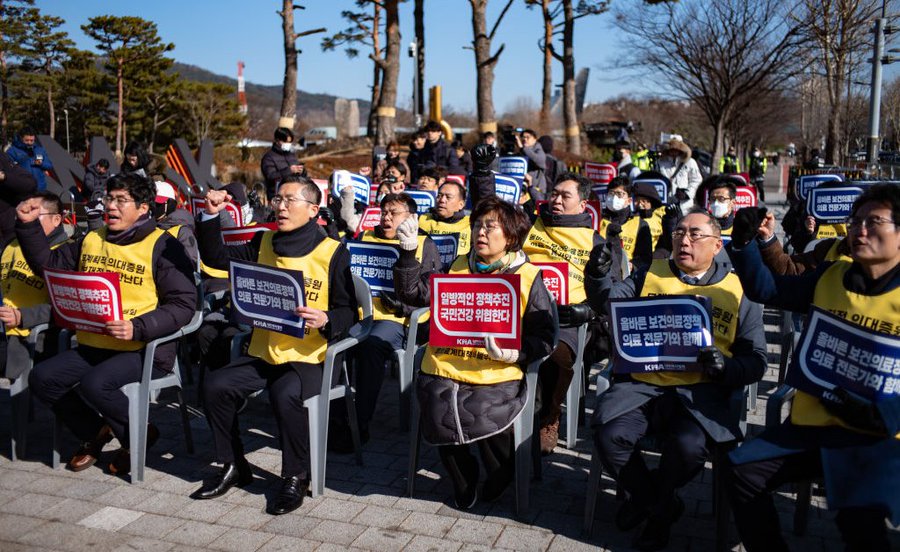
The future remains uncertain, with the government's determination to address the doctor shortage facing resistance from a significant portion of the medical community. As the deadline looms, South Korea awaits a resolution to a crisis that has laid bare the complexities of balancing healthcare demands, workforce concerns, and public opinion.
(Inputs from Multiple agencies)
Media sources: X
ⒸCopyright 2024. All Rights Reserved Powered by Vygr Media.

